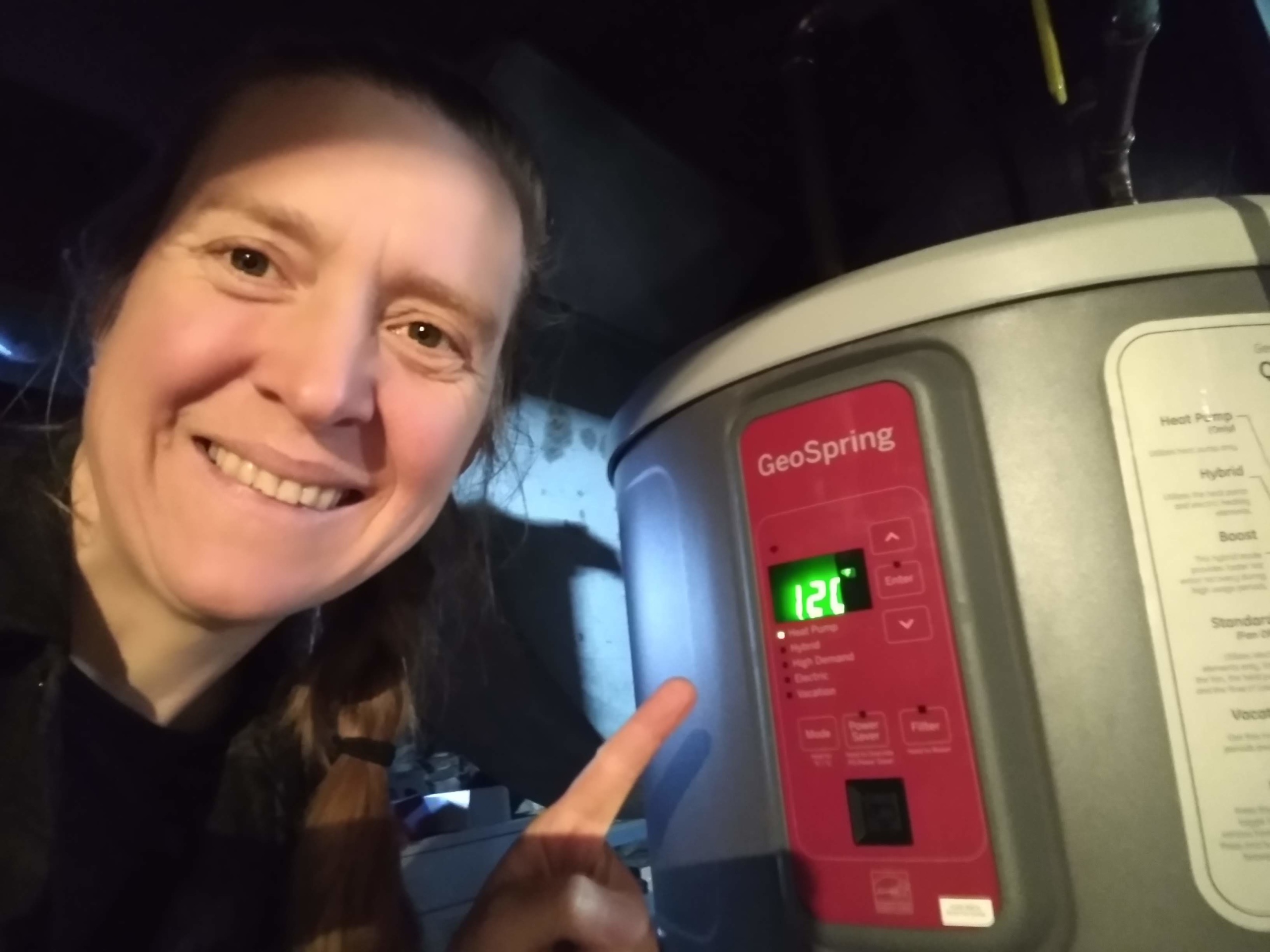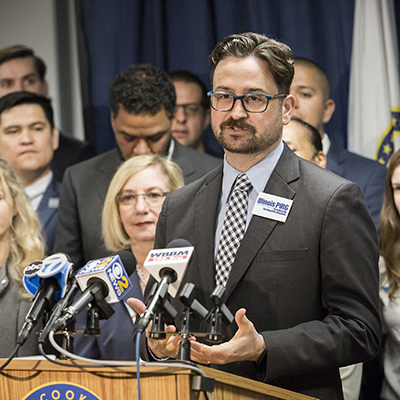
Farewell to fluorescents
Fluorescent light bulbs are a common sight in offices, garages, and basements—but they contain toxic mercury and are incredibly inefficient compared to newer alternatives.
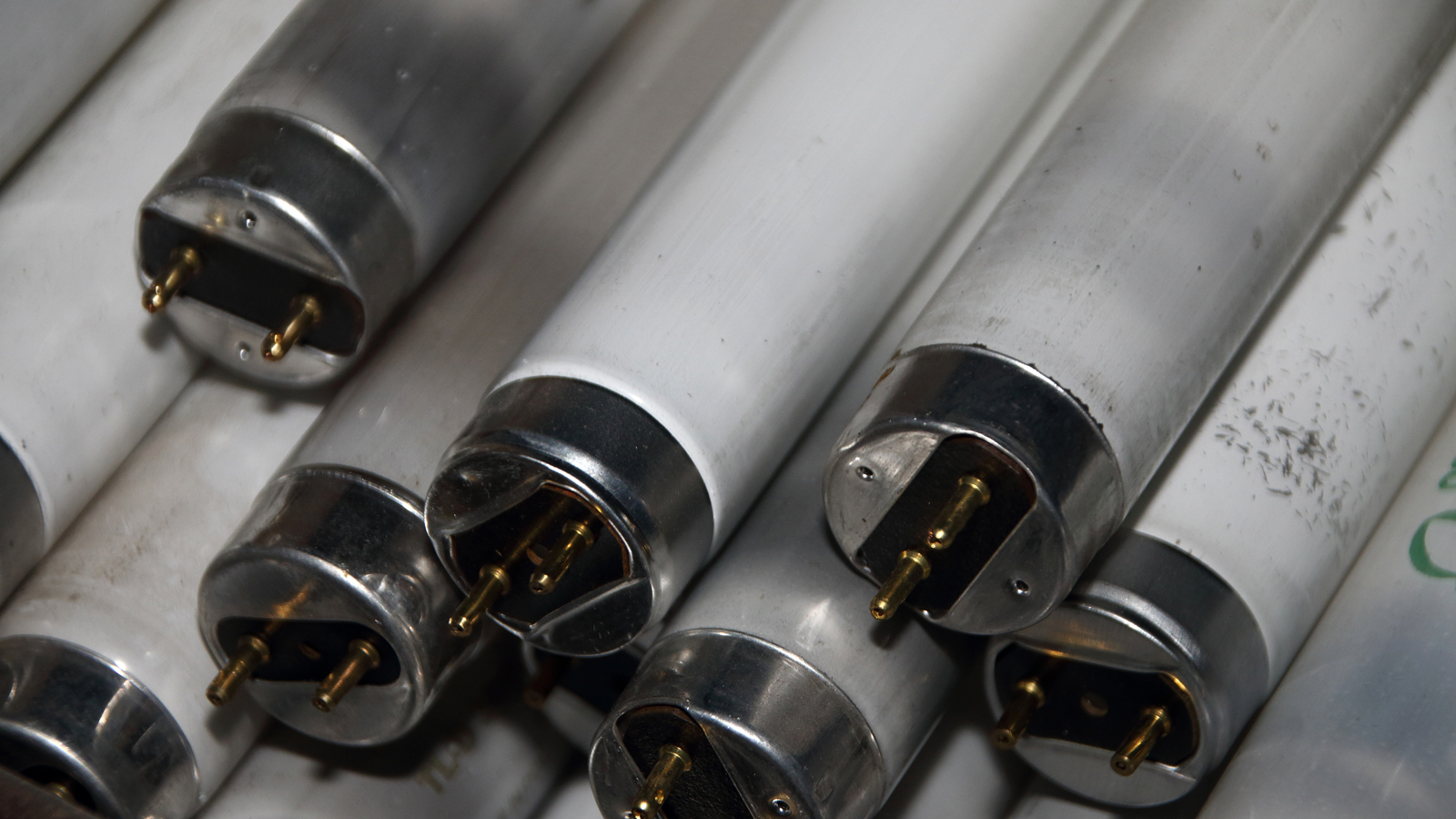
Fluorescent lighting was once the preferred option for many uses compared to traditional incandescent bulbs, but not anymore. LED light bulbs—readily available as replacements for fluorescents in all needed shapes and sizes—do not contain any of the toxic mercury that fluorescent bulbs do. LED bulbs also cut energy use in half compared to fluorescents, last about twice as long, and typically cost far less to purchase and operate over their lifetime. It’s time to say farewell to fluorescent bulbs.
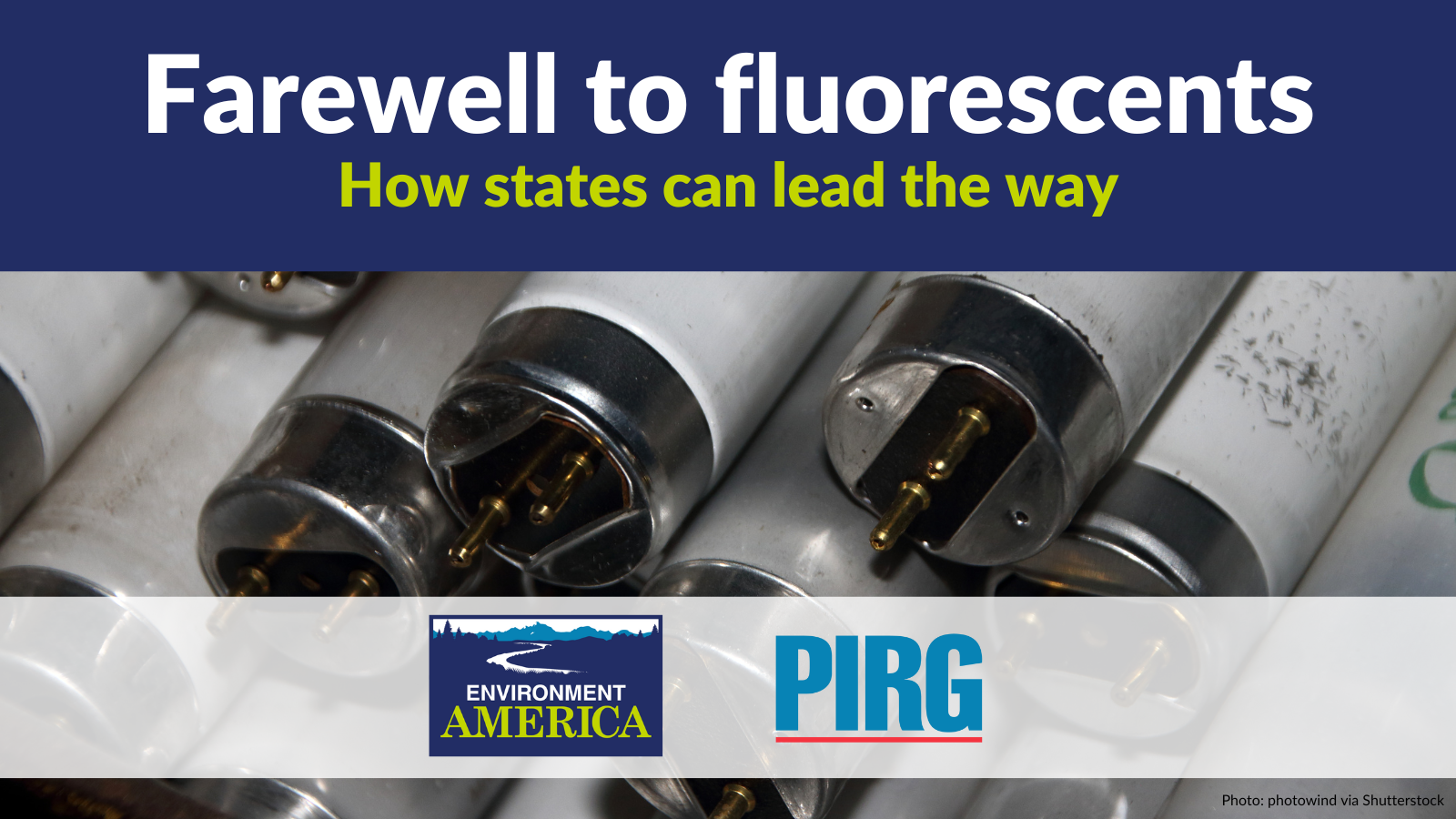
Recording of Farewell to Fluorescents policy briefing
Fluorescent bulbs contain toxic mercury
Mercury is a potent and persistent neurotoxin that threatens human health and the environment. Exposure to mercury – even small amounts – may cause serious health problems, and harm child development. The World Health Organization counts mercury among the top 10 most dangerous chemicals impacting public health.

All fluorescent bulbs contain mercury by design and they release mercury whenever they are broken. Because fluorescent lighting is ubiquitous, lamp breakage can occur in homes, schools, child care settings, office and apartment buildings, retail stores, factories, health care and other facilities, as well as during disposal.
There is no “safe” level of exposure to mercury. When a fluorescent lamp breaks, the clean-up recommendations detailed by the US Environmental Protection Agency (EPA) are ‘above and beyond’ what most people are aware of and prepared to do. This includes immediate evacuation, ventilating the room for several hours, shutting off central heating and cooling to avoid mercury dispersion, collecting all contaminated materials (clothing, protective gloves, rugs) in a sealed plastic container, and following their local government’s disposal recommendations.
And when fluorescent bulbs are not disposed of properly—as happens with an estimated 75% of bulbs—mercury in our waste stream puts sanitation workers at risk of exposure. Mercury also leaches from landfills and gets burned in incinerators and eventually contaminates rivers, lakes, and oceans and the fish and shellfish within them.
LEDs, which are mercury-free, are a much safer option. Illinois could see a reduction of 48.3 lbs of mercury annually by 2030 by replacing fluorescents with LEDs. Technological advancements in recent years have made them readily available and cost effective.
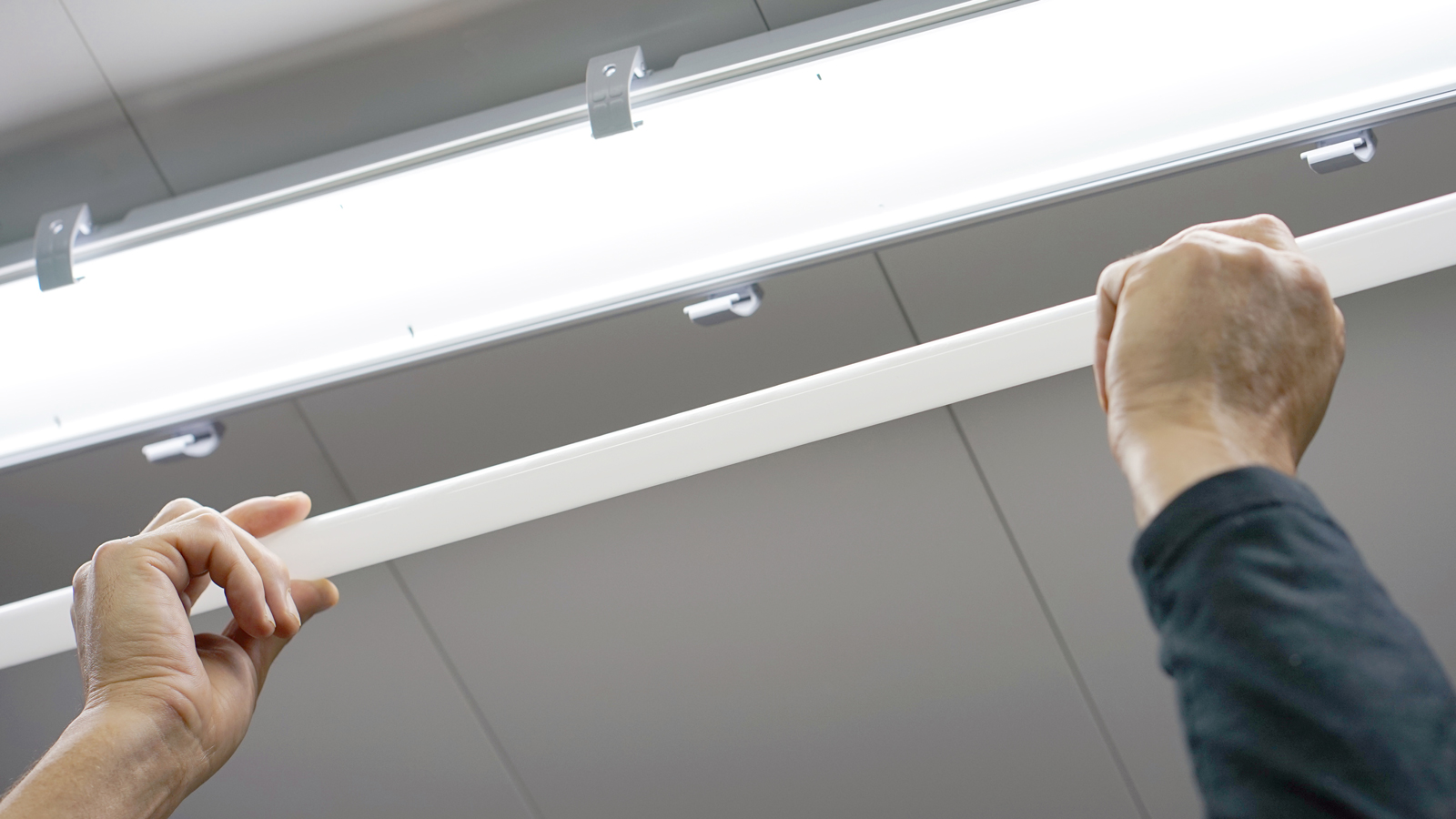
LED bulbs are more energy-efficient that fluorescent bulbs
Because LED bulbs are more energy efficient than fluorescents, they cost less to operate, more than paying back their slightly higher upfront costs—which continue to drop each year—through lower electric bills. According to the report Farewell to Fluorescents released by ACEEE in 2022, a typical school could see more than $5,000 in annual utility bill savings if all its fluorescent bulbs were replaced with LEDs. Consumers in Illinois could save $136 million on their electric bills annually by 2030 by switching to LED bulbs. LEDs also last about twice as long as fluorescents, so they need to be replaced less often.
LEDs use approximately half the electricity as fluorescent bulbs to produce the same amount of light.
Illinois can help lead the change
In 2022, Vermont and California became the first states to phase out the sale of most fluorescent bulbs. In 2023, Hawaii, Oregon, Colorado, Maine, and Rhode Island adopted similar policies. Now Illinois is considering action to phase out sales of the most common fluorescent bulbs starting in 2026.
Additional Resources
Mercury in Fluorescent Lighting: Unnecessary Health Risks & Actionable Solutions
This 2021 report by the Clean Lighting Coalition, Mercury Policy Project and the Responsible Purchaser Network outlines the health risks and environmental impacts of fluorescent lighting, highlights the many compelling advantages of transitioning to mercury-free alternatives, and gives actionable solutions to phase out mercury-added lamps in the United States.
Farewell to Florescent Lighting: How a Phaseout Can Cut Mercury Pollution, Protect the Climate, and Save Money
This 2022 study by ACEEE finds that drop-in LED replacement lamps are available for all common linear fluorescent tubes, pin-based compact fluorescent lamps, and specialty applications.
Topics
Authors
Abe Scarr
State Director, Illinois PIRG; Energy and Utilities Program Director, PIRG
Abe Scarr is the director of Illinois PIRG and is the PIRG Energy and Utilities Program Director. He is a lead advocate in the Illinois Capitol and in the media for stronger consumer protections, utility accountability, and good government. In 2017, Abe led a coalition to pass legislation to implement automatic voter registration in Illinois, winning unanimous support in the Illinois General Assembly for the bill. He has co-authored multiple in-depth reports on Illinois utility policy and leads coalition campaigns to reform the Peoples Gas pipe replacement program. As PIRG's Energy and Utilities Program Director, Abe supports PIRG energy and utility campaigns across the country and leads the national Gas Stoves coalition. He also serves as a board member for the Consumer Federation of America. Abe lives in Chicago, where he enjoys biking, cooking and tending his garden.
Find Out More
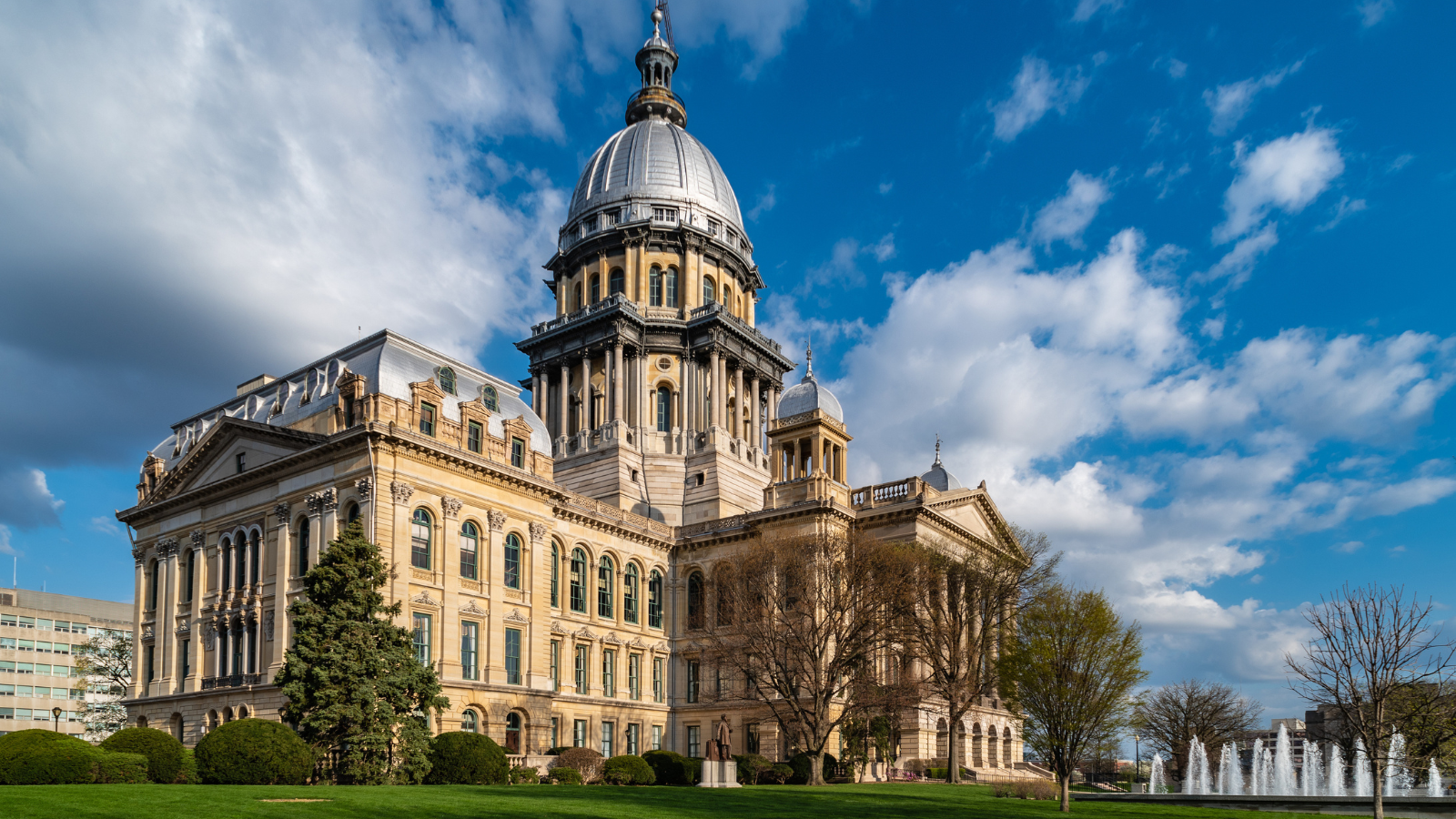
Illinois PIRG 2024 Legislative Agenda

Safer electric alternatives to gas stoves
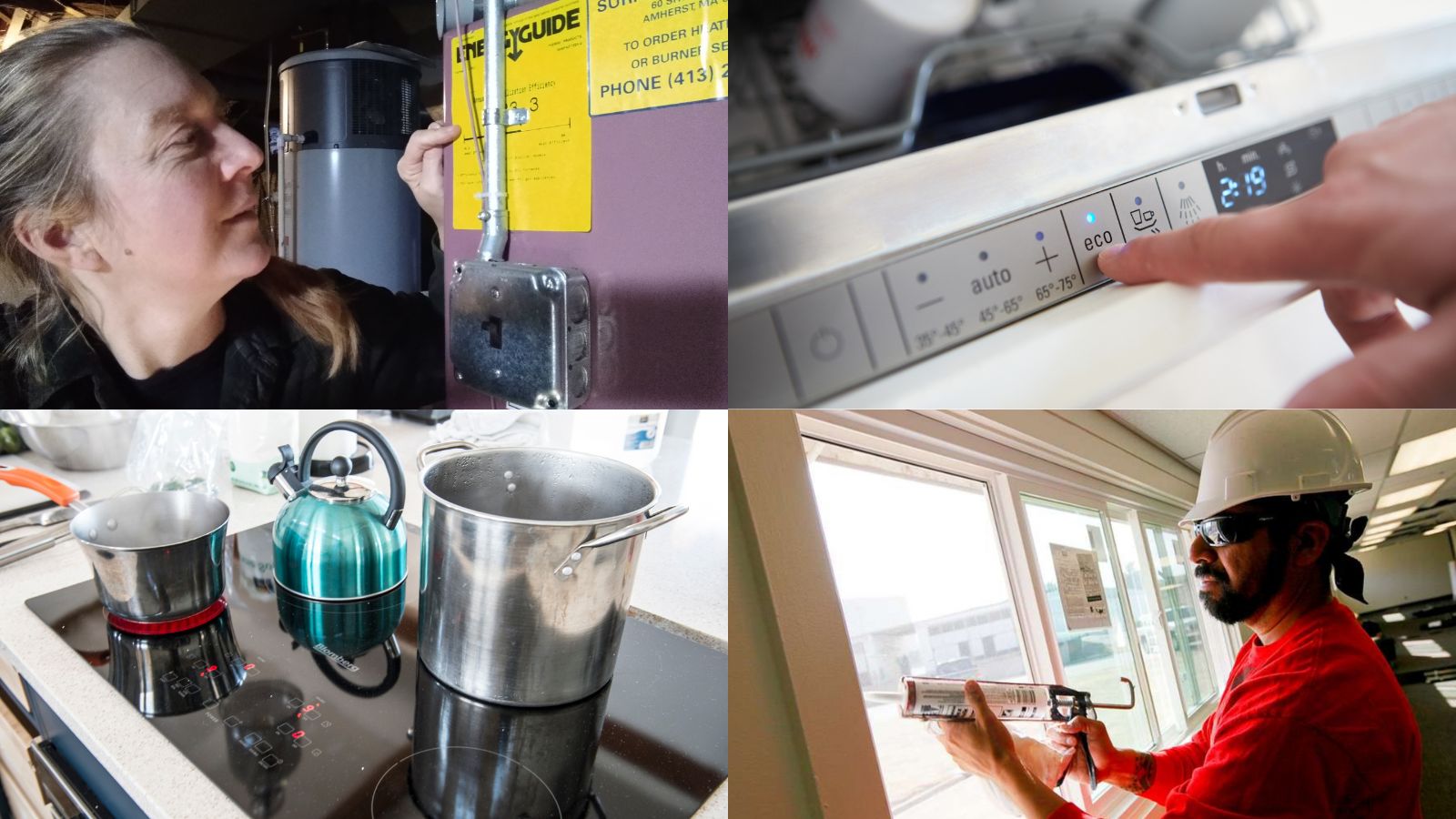
Easy ways to lower your gas bill
